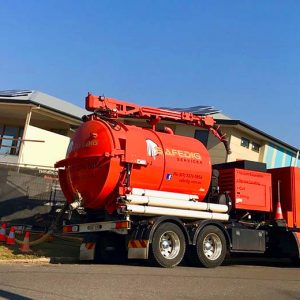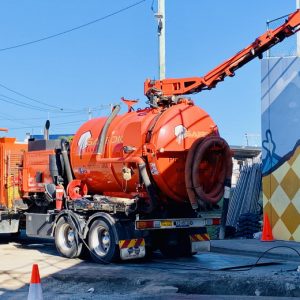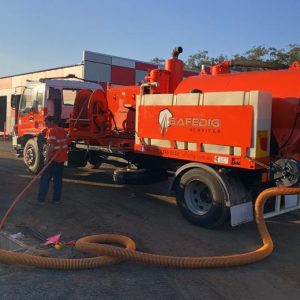Why Safety Must Always Be Considered At Construction Sites
According to the most recent OSHA statistics, workplace injuries cost the Australian economy over $61 billion annually. This is their direct impact and does not take into account the ancillary effect that they have on people, companies and communities. Workplace injuries and diseases have a trickle-down effect that not only changes the lives of the workers involved but can lead to company closures and loss of jobs in their area of operations. At a minimum, they cause an increase in expenses such as workers compensation insurance and a decrease in worker productivity.
Sadly, the lions share of these incidents happen within the construction industry with 63,230 worker injuries and 899 deaths being reported in 2018. That is almost 20 percent of all reported worker fatalities in the country and a similar percentage of accidents.
While some might see these numbers as an indictment of construction companies and building practices, in general, the honest truth is that construction work is inherently dangerous. On any given site every type of possible hazard might be present at some time and most such as slip and fall hazards, large equipment in motion and airborne particulate hazards are a constant companion. Add to this the fact a construction site is a highly animated environment where things are constantly changing and in motion and it is easy to understand how accidents do frequently occur despite everyone’s best intentions.
This doesn’t mean that is not room for improvements and a Zero Harm working environment should always be the goal of every contracting company. Not just for the benefit of their employees but for the economic advantages that it brings as well.
The elimination of workplace injuries increases the productivity of workers, prevents client annoying scheduling delays, and in extreme cases greatly lessens the chances of a company killing lawsuits or OSHA actions.
To help aid in the quest for zero lost time accidents new technologies are being developed every day and new uses are being found for tools that have been with us for years. A case in point is the recent developments in vacuum excavation.
Origins of vacuum excavation
Most people associate the basic principles behind vacuum excavation with the placer mining techniques used in the 1800s but it was actually the Romans who first used water under pressure to move earth. The mining industry rediscovered the power of this method during the California gold rush in the United States.
In the late 1970 trucks were developed to use suction to remove septage from tanks and to empty slurry from industrial waste pits. By the 80s jet, trucks had been developed to clear blockages from underground pipes. Then in 1993, the idea of using water pressure as a digging tool was paired with the idea of using suction to remove the debris and vacuum excavation was born.
How can vacuum excavation improve safety?
17 percent of all workplace injuries in the construction industry are the result of people being hit by moving equipment like excavators and loaders. When vacuum excavation methods are used the equipment is only in motion when being set up or leaving the worksite. Other than that, only hoses and personnel are in motion. No moving equipment precludes someone being struck.
Over one-third of all construction injuries involve muscle strain or some other type of body stress. Suction excavation doesn’t require any shovel work to be done by hand greatly reducing the chances of a labourer developing strains and sprains.
Both of the injury types just mentioned become more likely when work must be performed in a confined area where there is very little margin for error. Tight spaces are an issue that hydro excavation excels at. The trucks can be parked in an open area and hoses run to the actual dig site.
Inside an excavation site is one of the most dangerous places a construction worker can be required to work. Even with modern shoring methods many accidents minor and major still occur each year. Vacuum excavator operators are not normally required to enter a dig site. They work remotely from the surface. This eliminates the chances of them becoming the victim of a cave-in.
Vacuum digging removes the excavated material from the worksite helping to eliminate clutter, improve visibility and improving the overall safety of the project site.
There is no such thing as a minor injury on a construction site. All reportable incidents impact worker morale and a company’s safety record. At a minimum, a company should have a documented comprehensive safety plan to protect themselves from regulatory issues. The wise contractor makes use of all possible tools made available to them to protect themselves and their people.
From the simple things like toolbox meetings as each shift comes into making use of the latest and safest technology available to accomplish each task at hand there are no small steps that can be overlooked. One misstep is all it can take to change a company’s fortunes forever.





